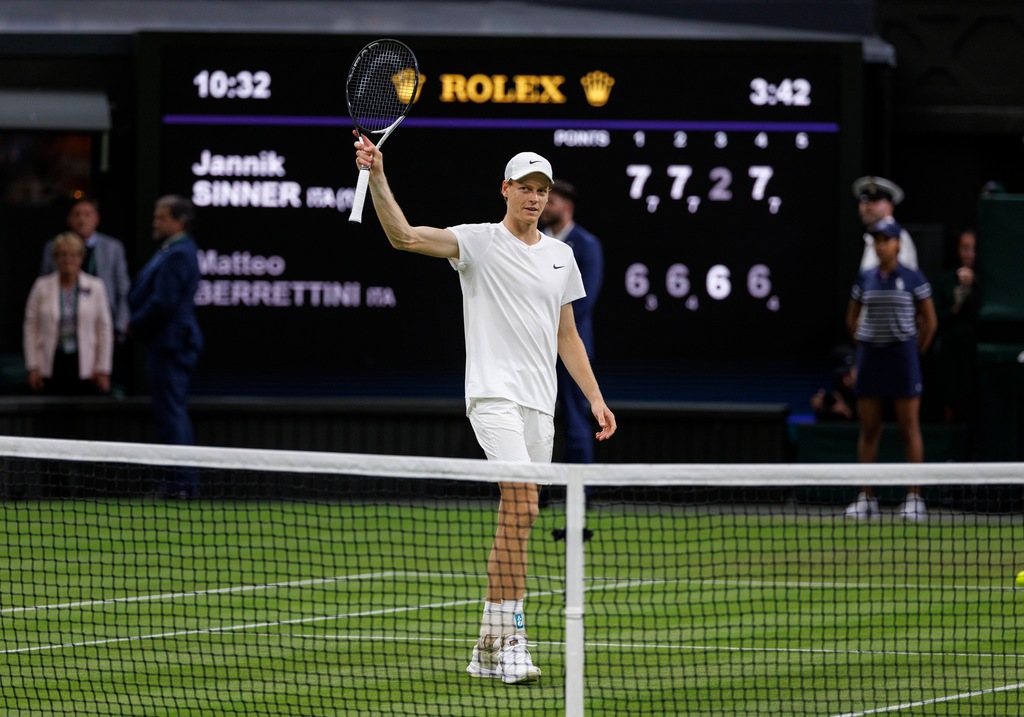
Luxury watchmaking has long found a natural ally in tennis.
The sport’s global reach, visual elegance, and individual brilliance offer a refined platform for brands seeking to express values such as precision, excellence, and timelessness. Whether through high-profile player endorsements or strategic tournament sponsorships, the tennis court has become a fertile ground for prestige positioning.
1. The Court as a Stage: Tennis and the Strategy of Watch Brands.
Some partnerships have become iconic. Roger Federer and Rolex form an archetype of elegance and mastery. Rafael Nadal and Richard Mille embody avant-garde innovation, with timepieces built to endure the physical intensity of elite competition. Nadal has, in many ways, normalized what would otherwise be considered an extraordinary technical feat: competing at the highest level of professional sport while wearing a mechanical watch. For Richard Mille, this represents an ongoing challenge—producing the lightest, most complex watches that can withstand the extreme forces of modern tennis. Each piece worn by Nadal is not merely a product but a statement of engineering ambition pushed to its limits.
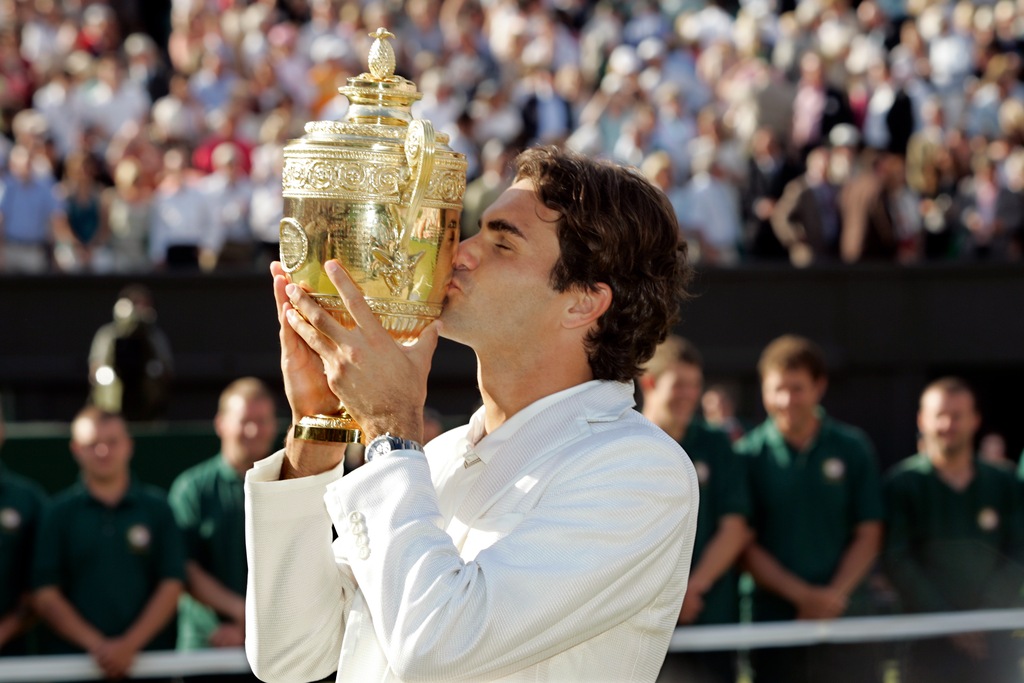
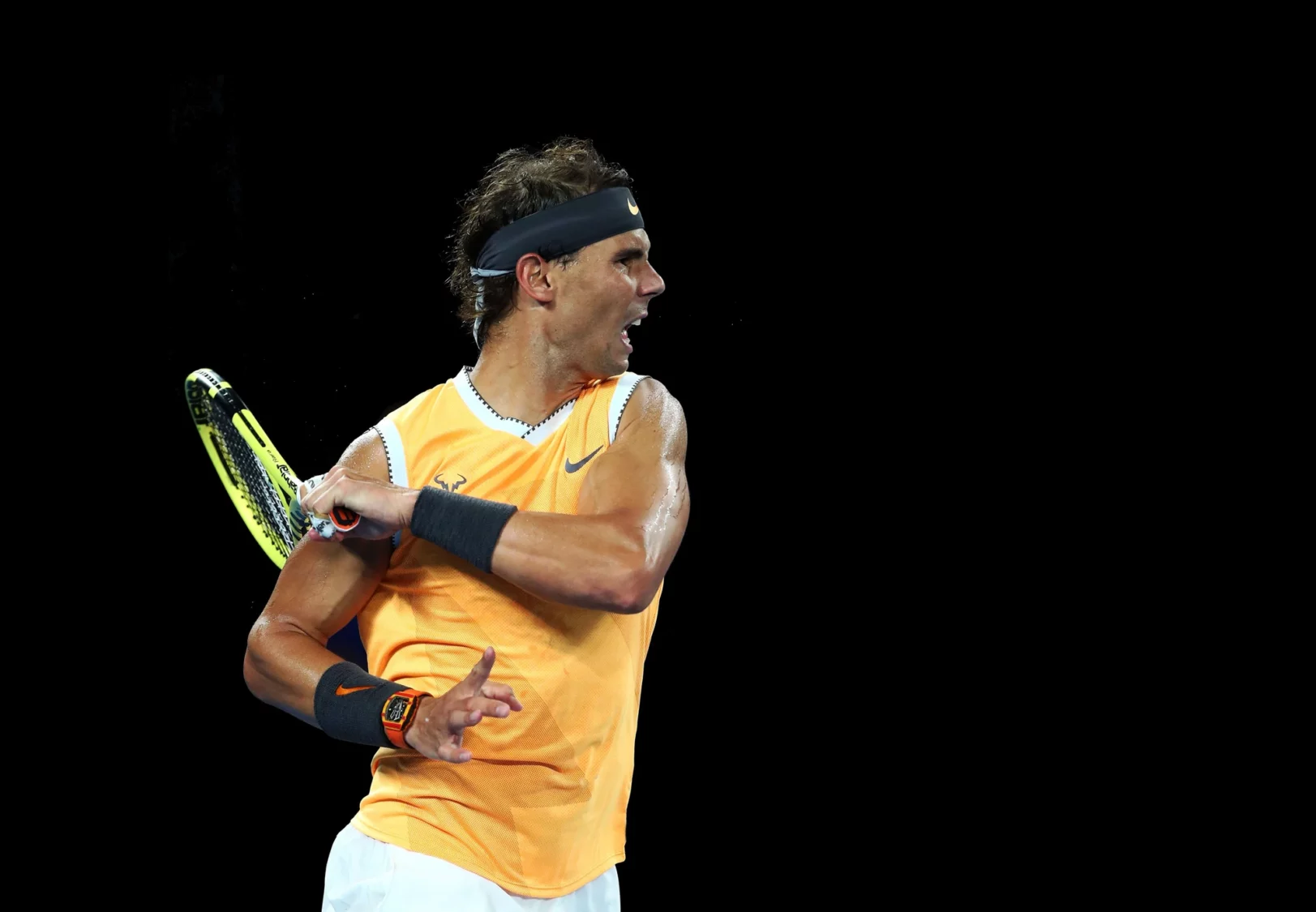
Beyond the household names, a new class of sports enthusiast brands has emerged, offering fresh narratives. Bovet, with its heritage in haute horlogerie, partners with Daniil Medvedev, whose cerebral style resonates with the brand’s artisanal complexity.
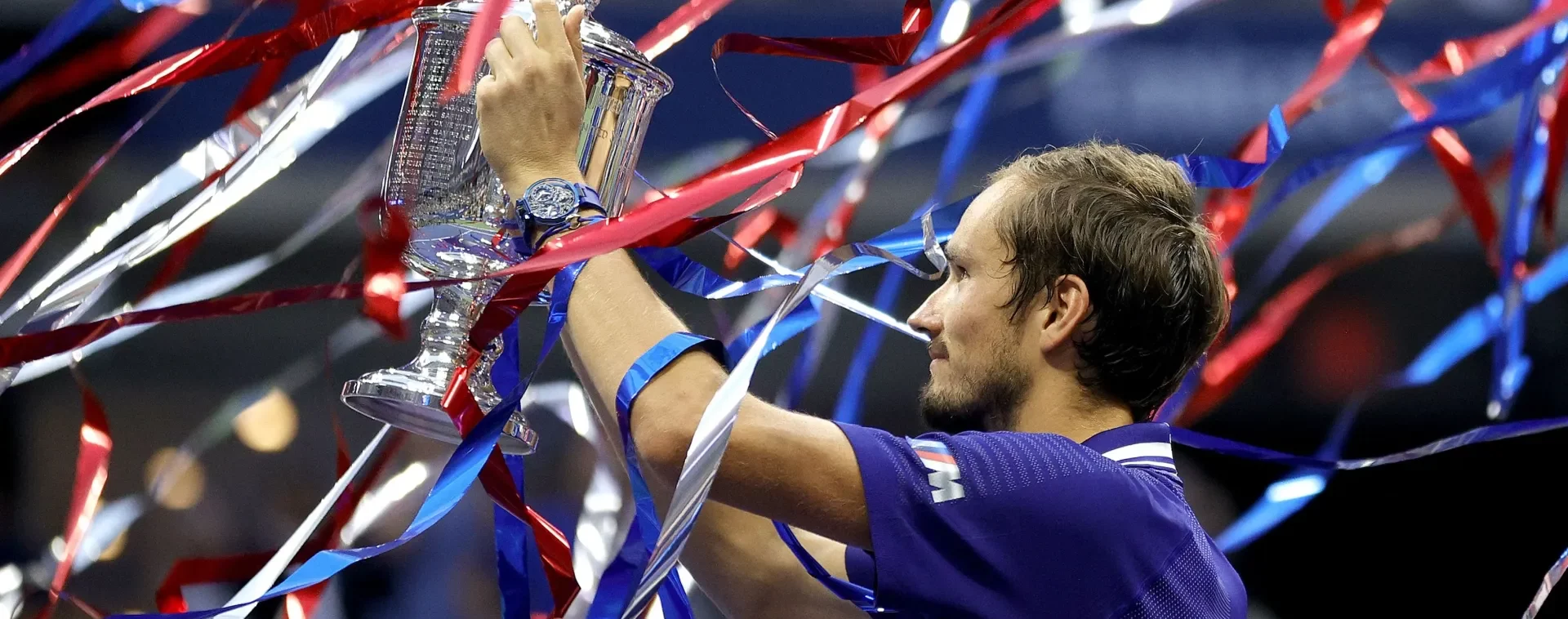
NORQAIN, representing a younger, independent Swiss spirit, found in Stan Wawrinka the embodiment of authenticity and resilience.
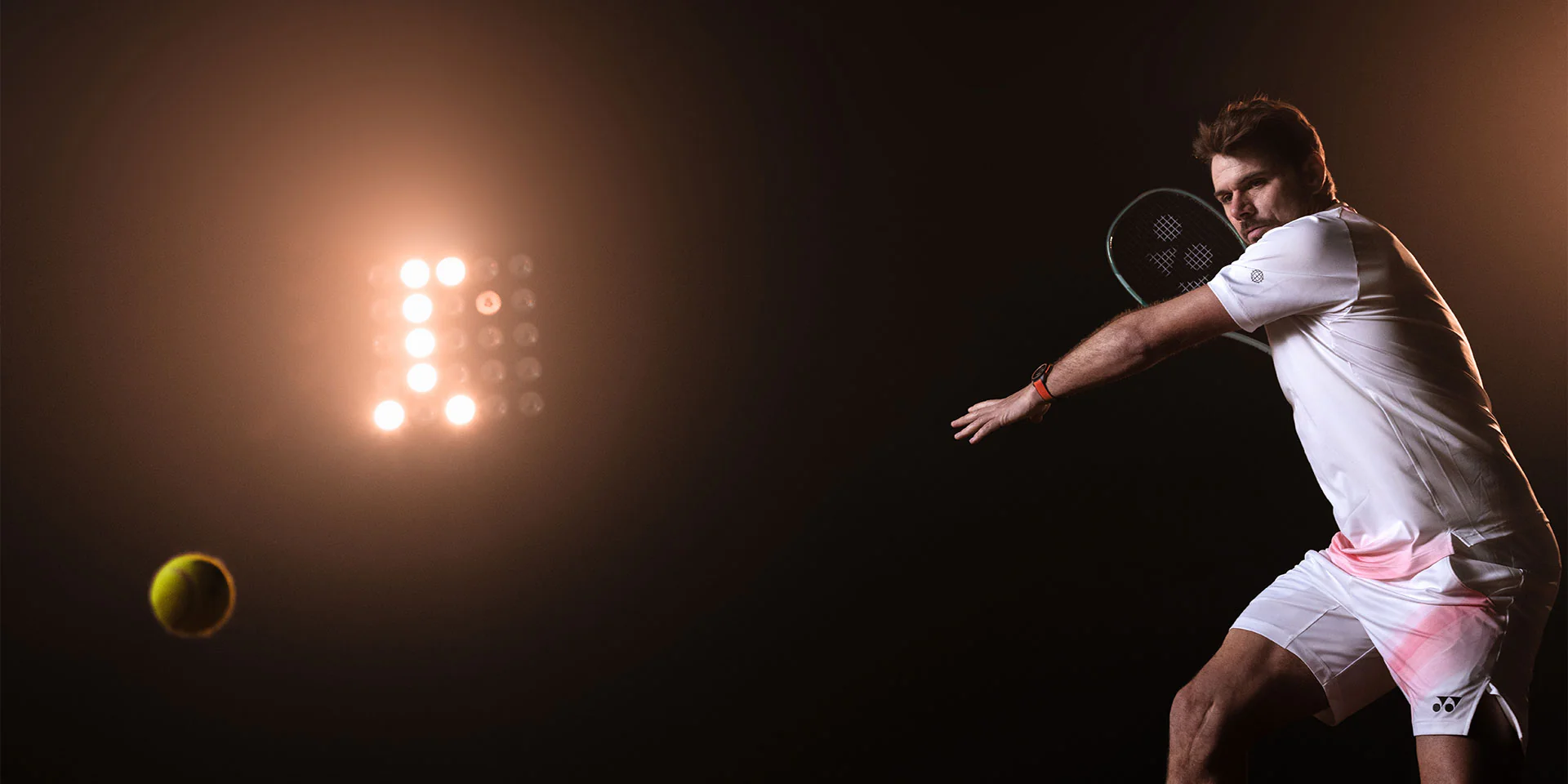
Tommy Paul’s dynamic ascent aligns with the daring aesthetics of De Bethune.
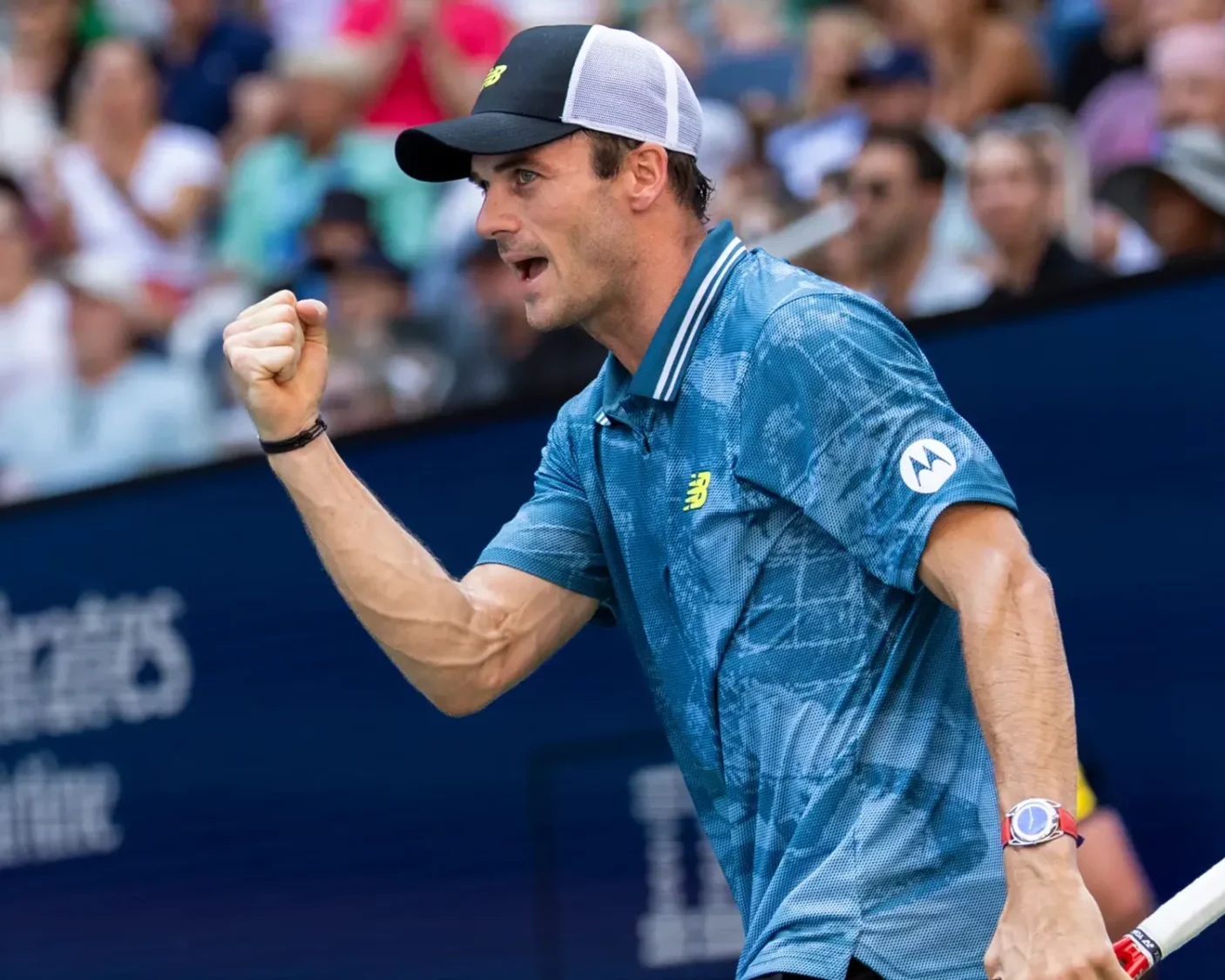
Audemars Piguet, meanwhile, extends its reach to Aryna Sabalenka, reinforcing its commitment to modern women’s tennis alongside Serena Williams.
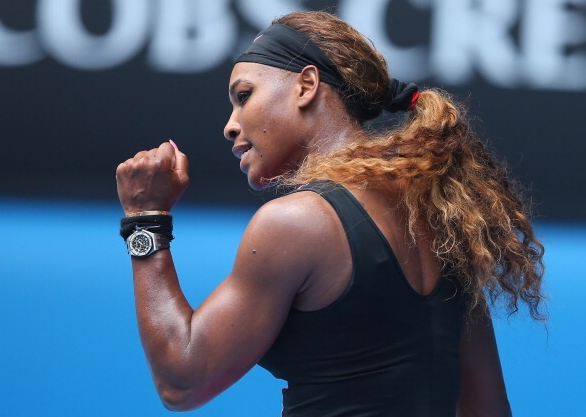
These partnerships are less about global saturation than about strategic alignment—connecting a watchmaker’s identity with an athlete’s unique presence. They mark a subtle evolution in luxury storytelling: bold, curated, and rooted in character rather than scale.
2. Rolex and the Architecture of Legacy.
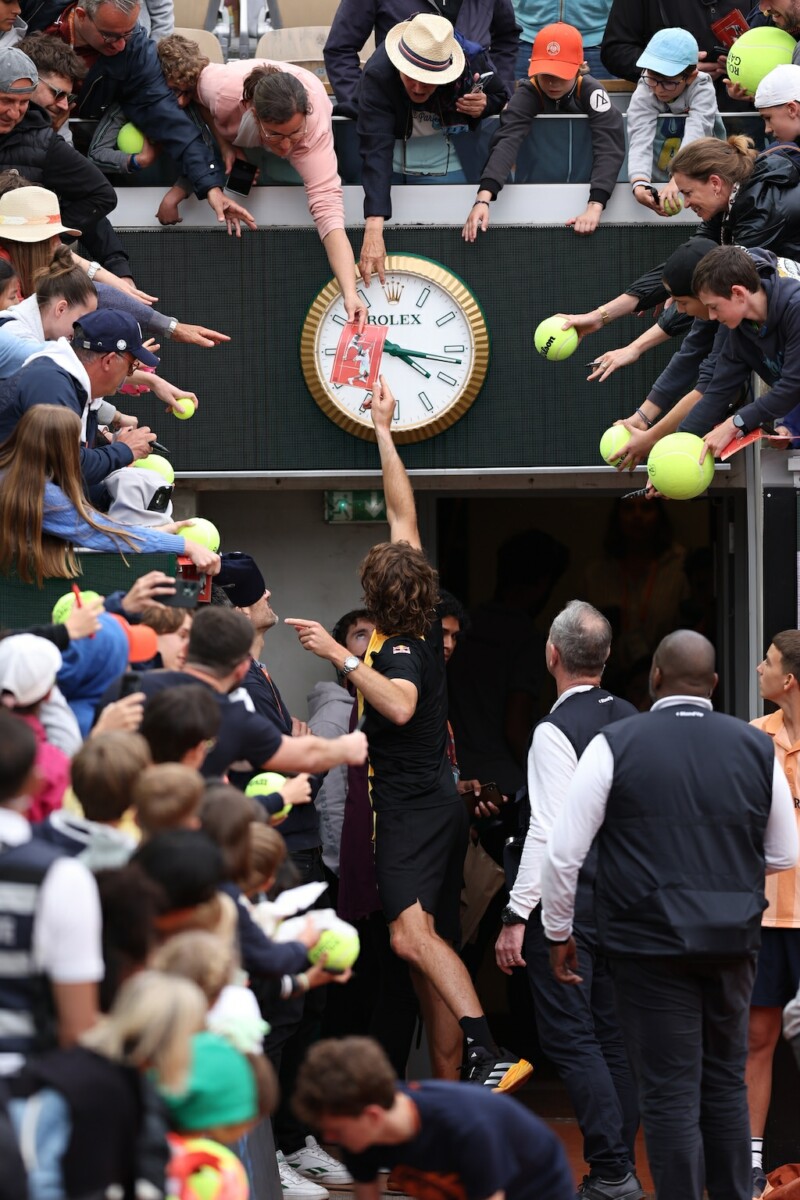
No brand has shaped the modern image of tennis as profoundly as Rolex. Its relationship with the sport began in 1978 at Wimbledon and has since expanded to encompass all four Grand Slam tournaments, the ATP and WTA Finals, and every Masters 1000 event. Rolex doesn’t just sponsor tennis—it frames its most historic moments.
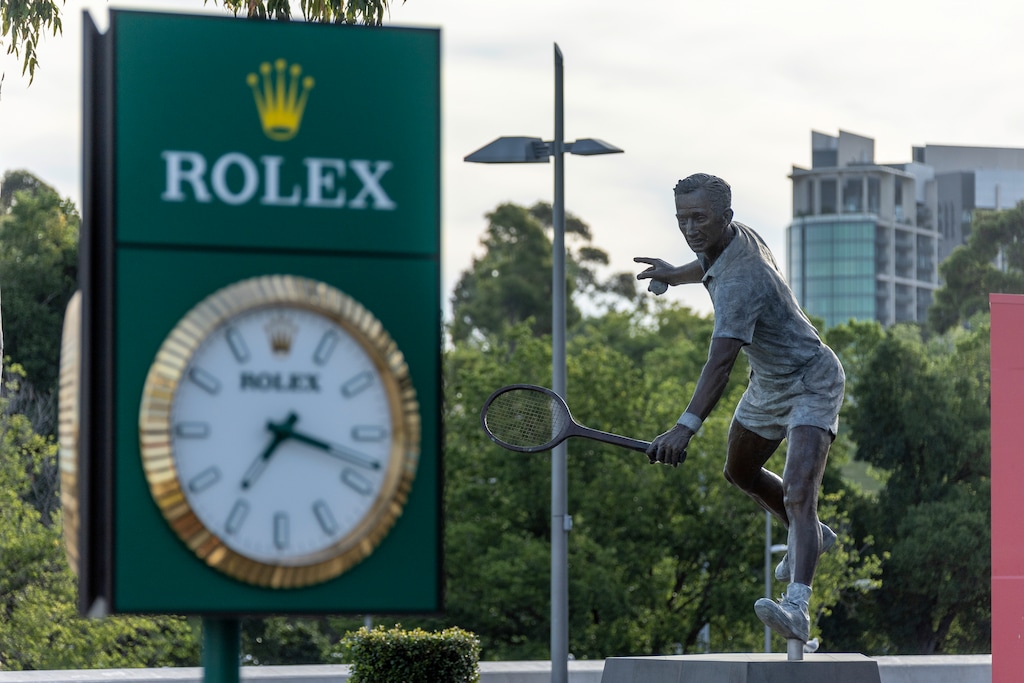
The brand’s role extends to hallmark events such as the Rolex Paris Masters, Rolex Monte-Carlo Masters, and the Rolex Shanghai Masters, where its name is embedded in the identity of the tournament itself. These are not simple endorsements but acts of symbolic presence, where precision timing and cultural resonance converge.
Roger Federer has long stood as the most iconic figure of this partnership. His elegance, longevity, and universal appeal made him the quintessential Rolex Testimonee. Among the watches closely associated with him is a now-famous version of the Rolex Datejust, featuring a slate green dial—affectionately dubbed the “Wimbledon” by collectors, though the nickname’s origin remains unofficial.

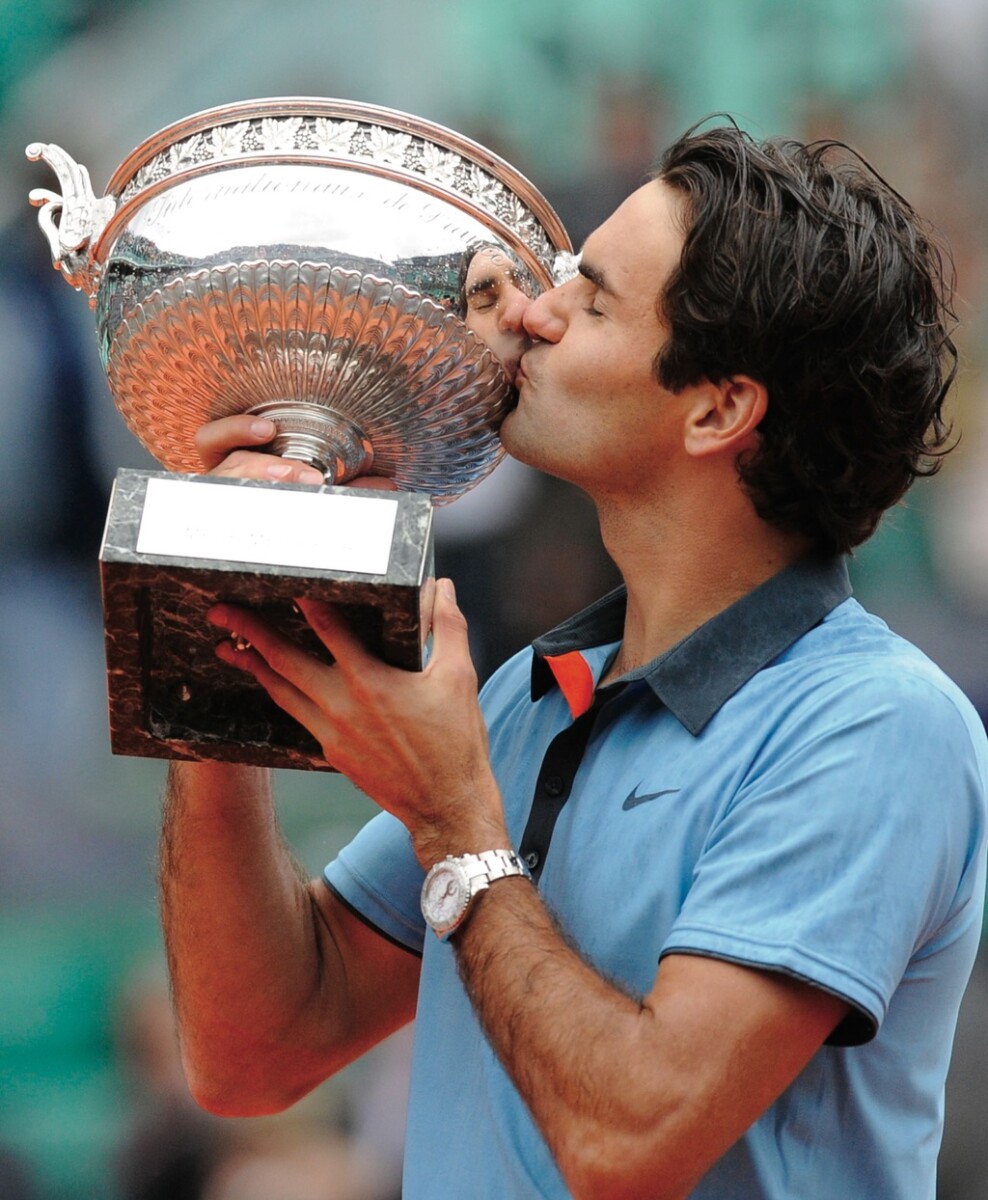
In recent years, Rolex has expanded its ambassadorial network to embrace a new generation of champions, confirming its role not only as guardian of tradition but as architect of the sport’s future. Among them:
– Carlos Alcaraz, already a Grand Slam champion and Wimbledon title holder, whose fearless game and charisma reflect a modern expression of excellence.
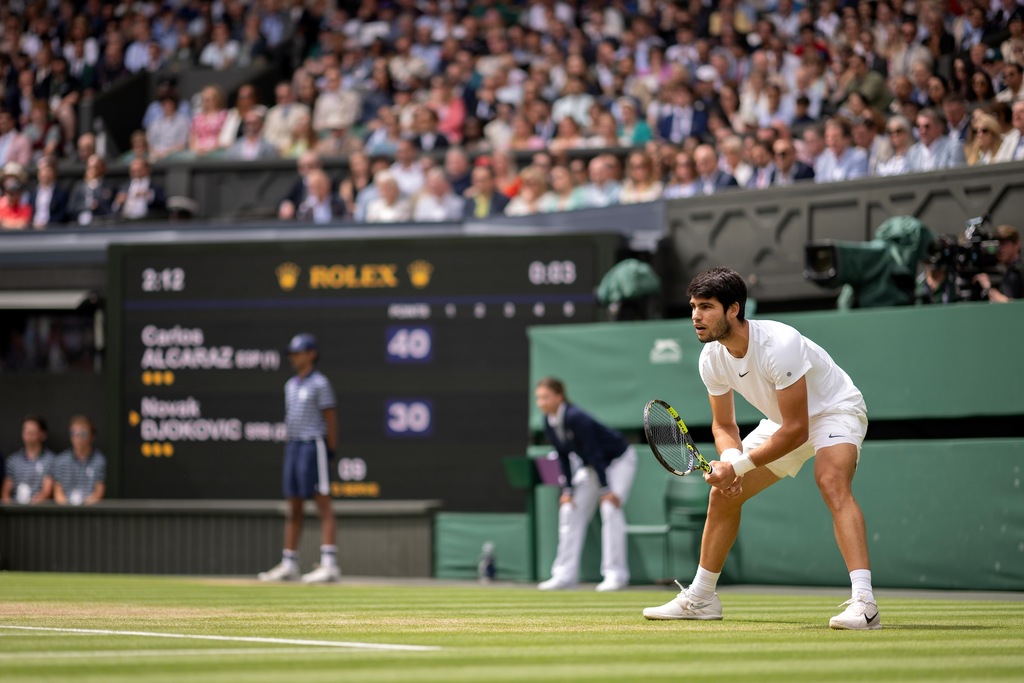
– Iga Świątek, known for her mental clarity and relentless precision, mirroring Rolex’s values of discipline and control.
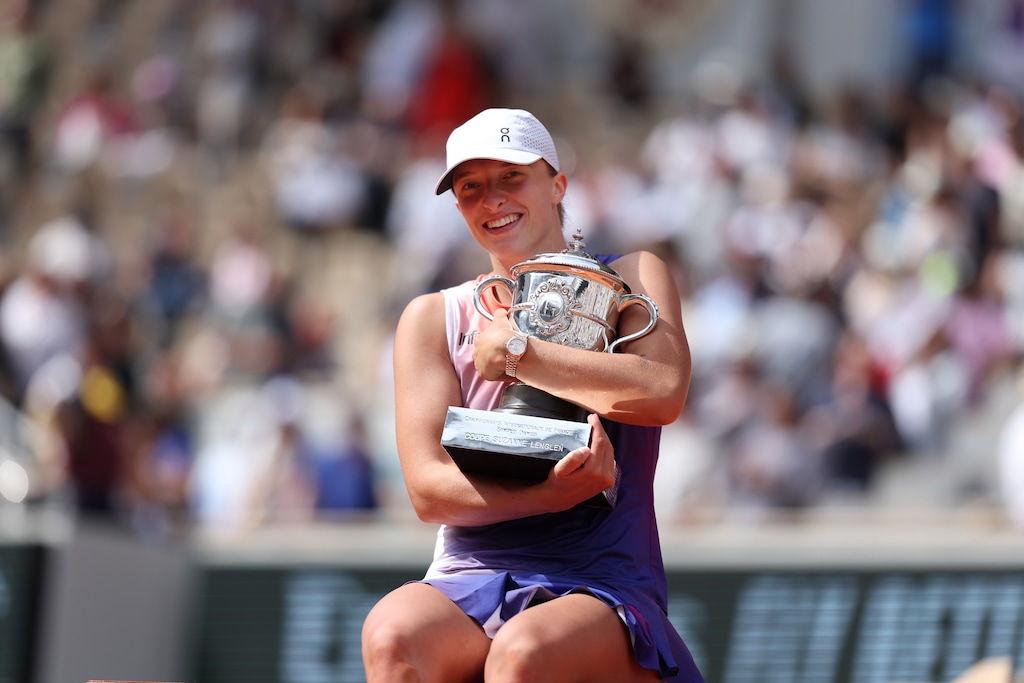
– Coco Gauff, a symbol of grace and maturity beyond her years, whose rise culminated in a US Open title and global recognition.
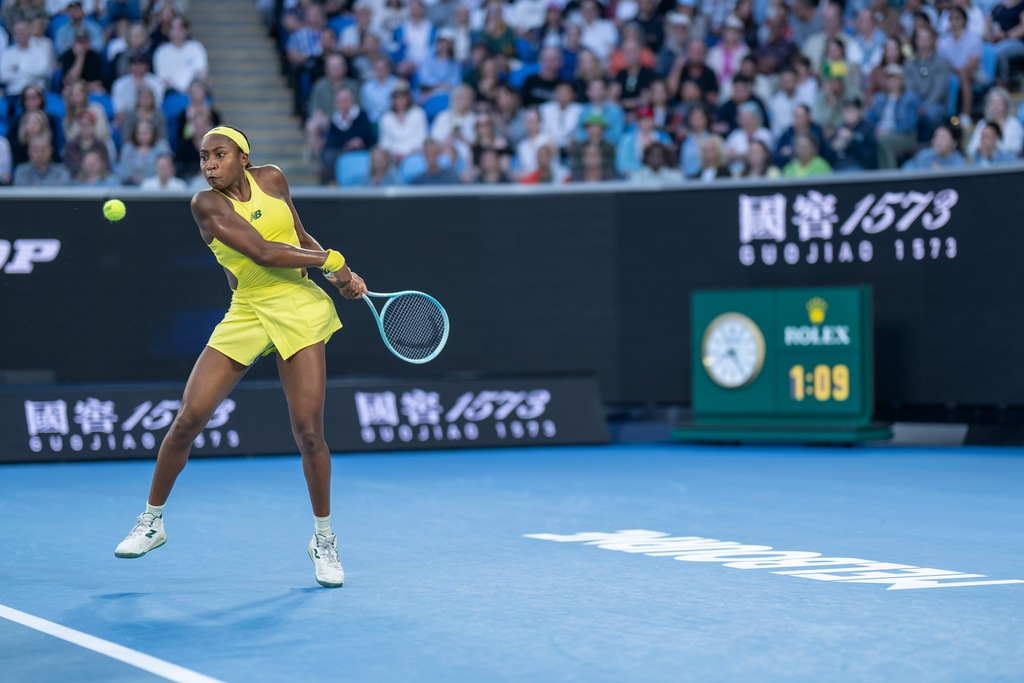
– Jannik Sinner, whose poise and consistency have made him a beacon of the sport’s evolution.

– Stefanos Tsitsipas, Dominic Thiem, Alexander Zverev, and Holger Rune, all part of a generation that bridges power and style.
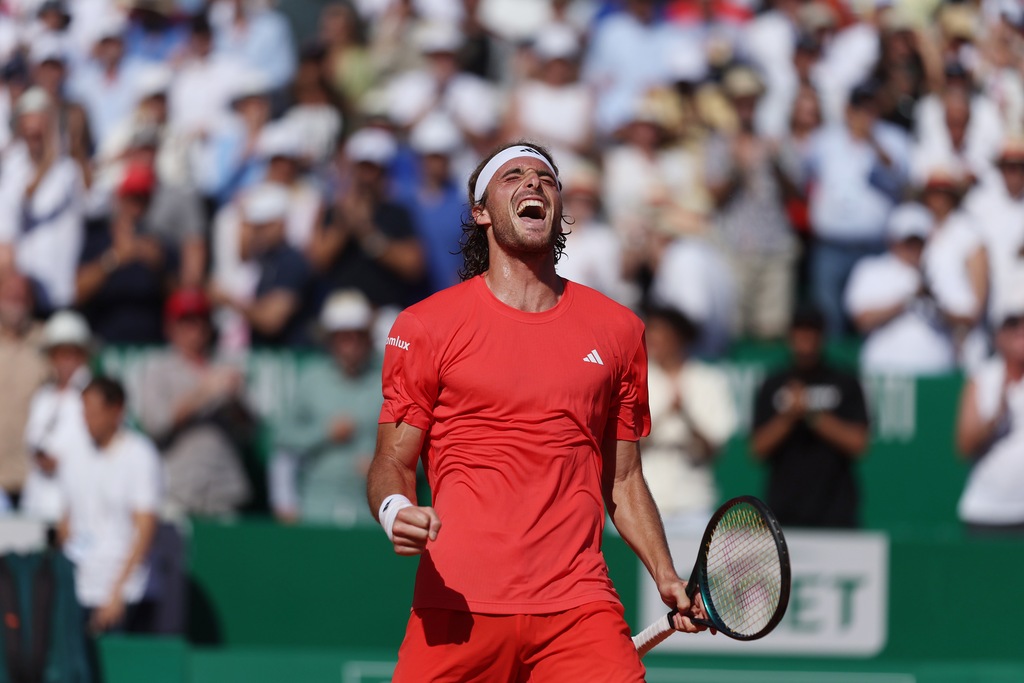
– Maria Sakkari and Ben Shelton, representing diversity and energy in both women’s and men’s tennis.
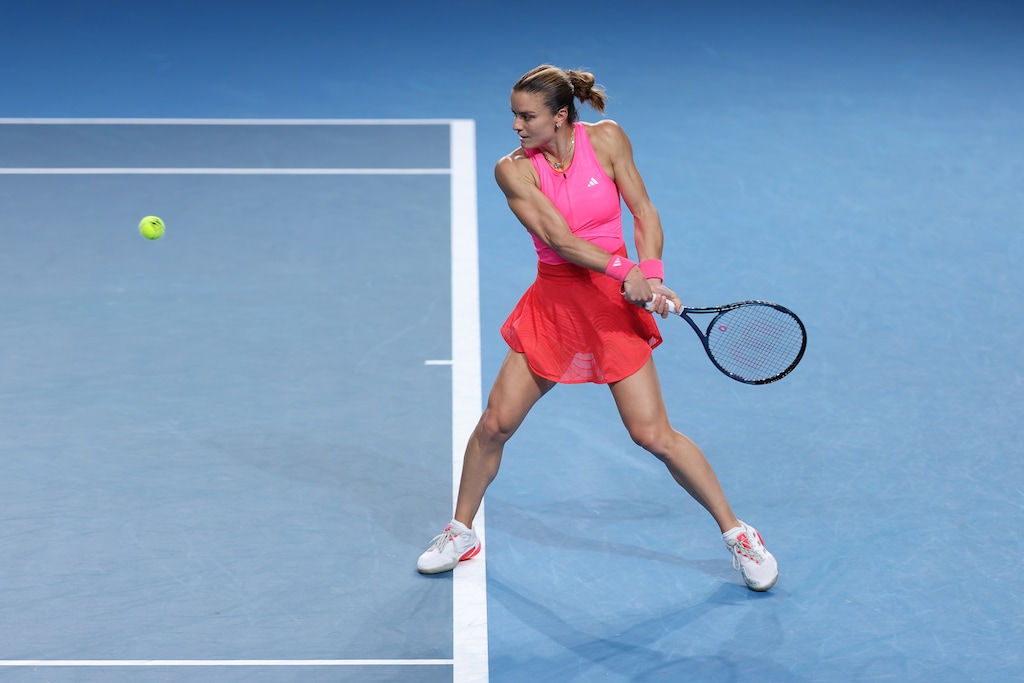

And rising talents like João Fonseca, embodying the sport’s global expansion.
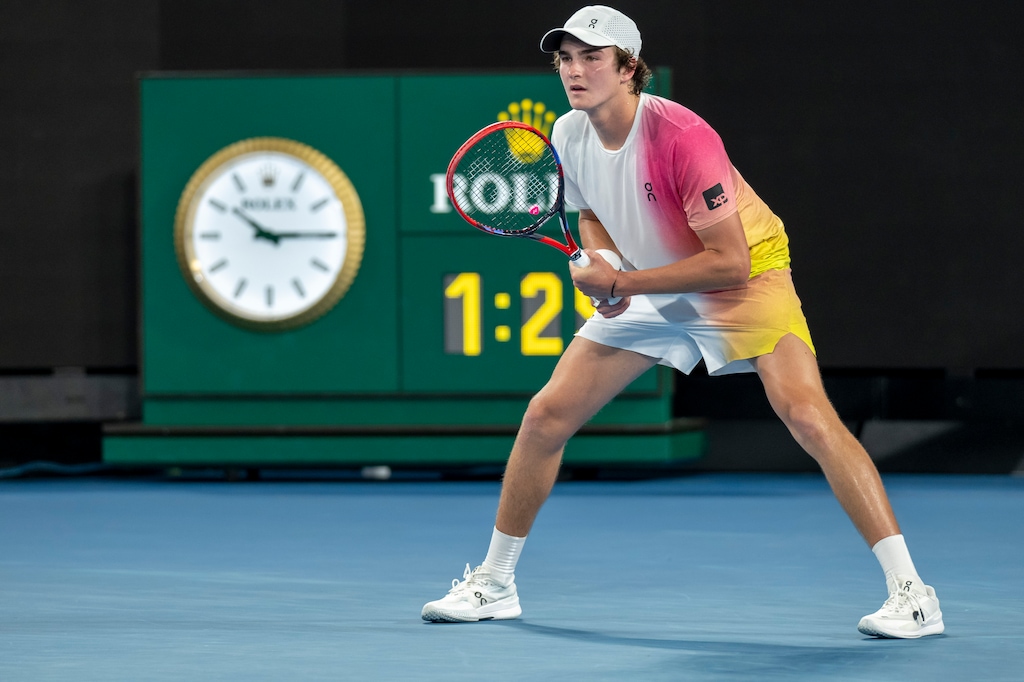
Rolex also maintains ties with tennis legends such as Björn Borg, Rod Laver, and Chris Evert, reinforcing its historical commitment to greatness across eras.
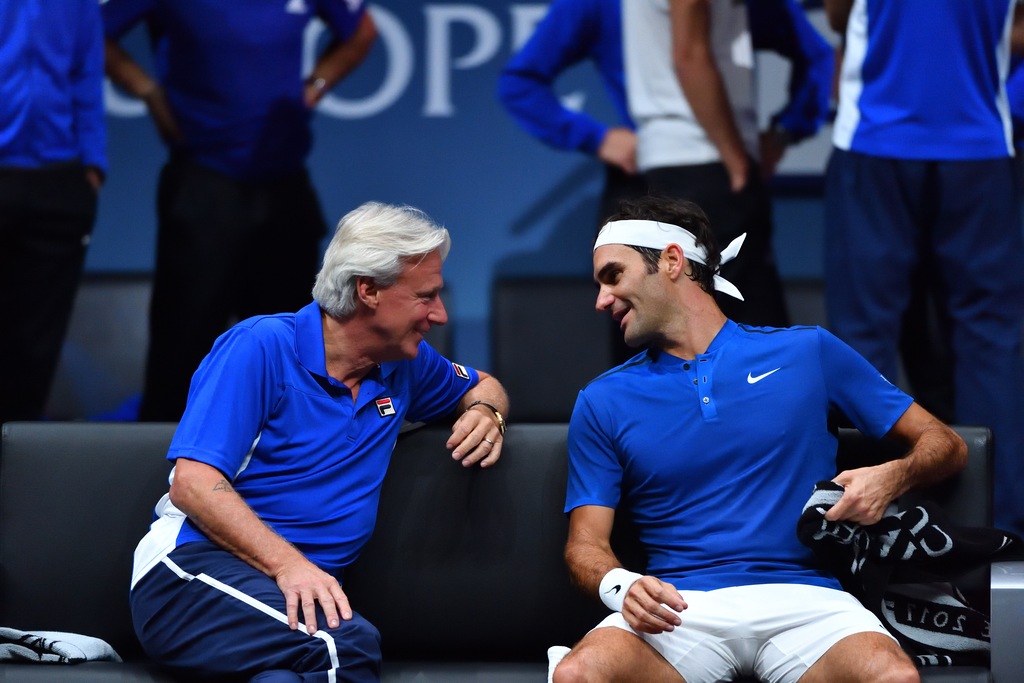
Through this carefully selected constellation, Rolex has built not merely a list of endorsements, but a living archive of tennis excellence—from past icons to future leaders. Each Testimonee brings a facet of the brand to life, making Rolex not just a timekeeper but a curator of legacy. We also recall the evocative ‘Perpetual’ campaigns that air across Grand Slam tournaments—those cinematic Rolex commercials blending heritage and anticipation. With every major final, Rolex seems to await the crowning of its next champion, eager to see its latest creation photographed on the wrist of a victor, in front of the world’s cameras and headlines.
3. Tournament Sponsorships: Global Visibility and Symbolic Placement
Watch brands have long viewed tournament sponsorships as high-return investments in cultural visibility. Rolex, more than any other, has mastered the art of placement. Its presence across all four Grand Slams and the Masters circuit ensures that its logo, crown, and clocks are embedded in every major match, from the first serve to championship point.
This sponsorship strategy extends beyond the court. Rolex timepieces are displayed prominently within stadiums, on official scoreboards, and across broadcast graphics seen by millions worldwide. The visual language of modern tennis is now inseparable from the aesthetic of Rolex.
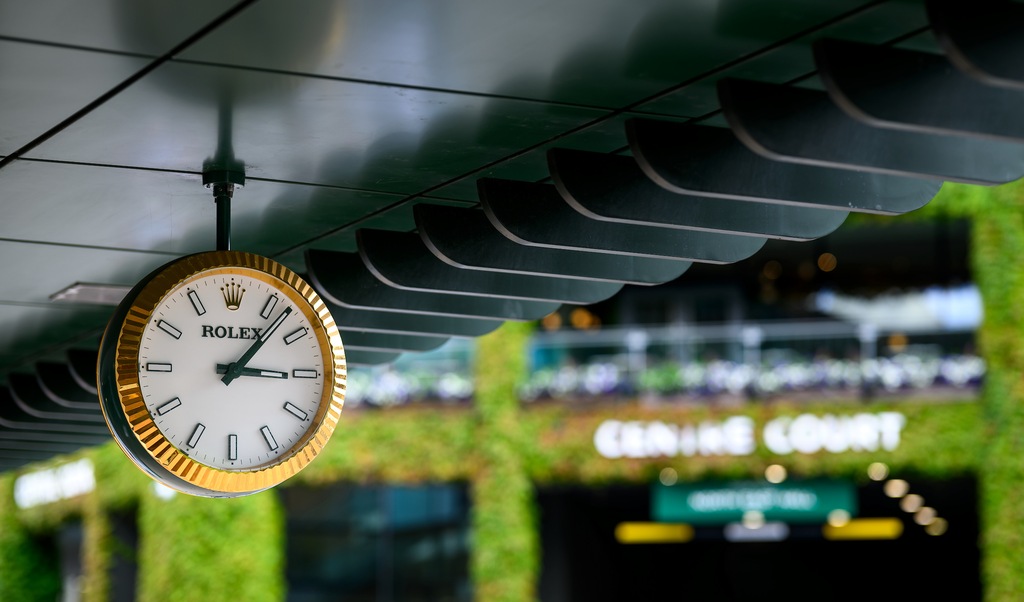
Other brands have followed different trajectories. TAG Heuer has focused on select WTA events, showcasing innovation and speed. Rado maintains a stronghold in mid-tier ATP tournaments, reaffirming its historical association with sports timing. These placements allow each brand to speak directly to its chosen audience while reinforcing claims of technical mastery and sporting relevance.
Beyond exposure, sponsorships offer immersive experiences. VIP hospitality areas, brand exhibitions, and curated guest programs allow watchmakers to cultivate direct relationships with high-value clients. In this context, a watch is not simply a product—it is a symbol of belonging to a world where elegance meets competition.
4. The Symbolic Value of Time: Image, Emotion, and Design
The marketing payoff of tennis partnerships transcends media impressions. It’s about anchoring the brand within emotional memory. When a player lifts a Grand Slam trophy, their watch becomes part of the moment—etched in photographs, broadcast in slow motion, immortalized in public imagination. The emotional capital generated is priceless.
Moreover, tennis reinforces the very values upon which luxury horology is built: precision under pressure, grace under scrutiny, and timeless achievement. In aligning with a sport where every second matters, watchmakers reinforce their legitimacy in measuring life’s most meaningful moments.
This connection has also begun to inspire design itself. At Watches and Wonders 2025, Swiss maison Gérald Charles unveiled a timepiece directly inspired by the texture and geometry of a tennis ball. It is a reminder that the influence of sport on horology is not limited to branding—it seeps into the creative DNA of the craft.
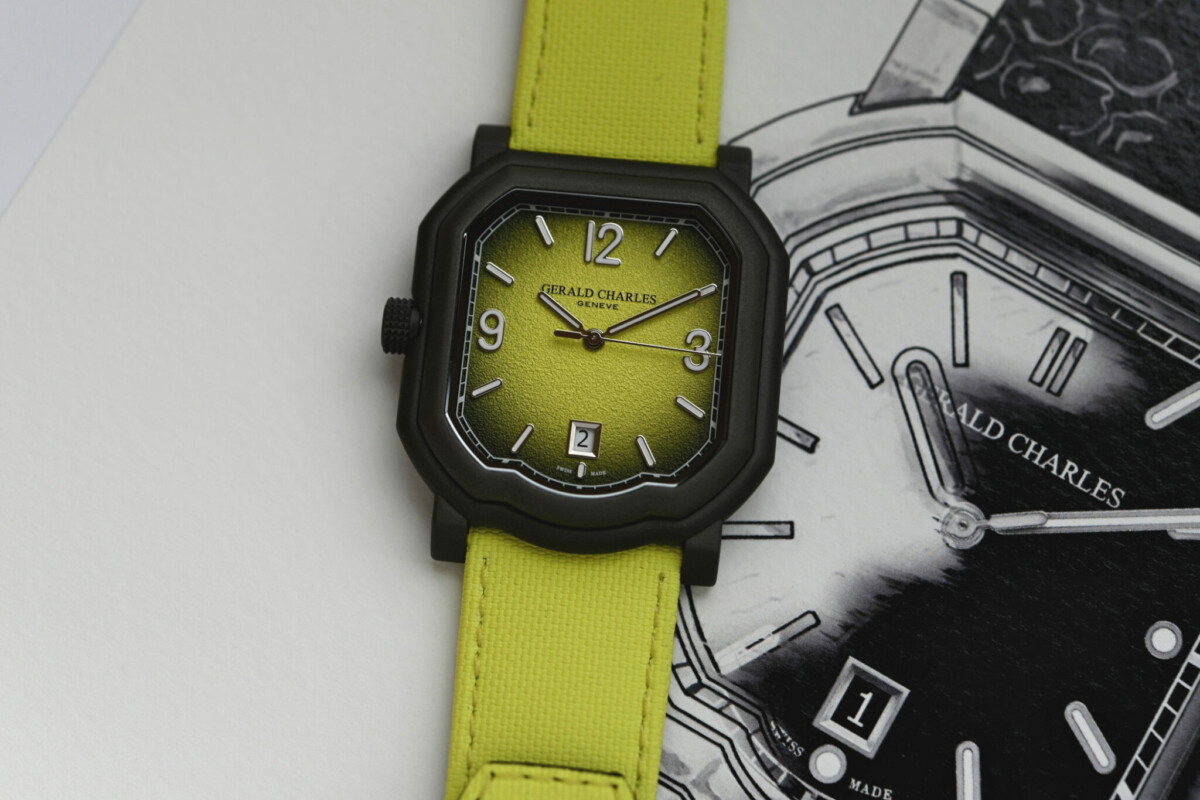
Tennis is more than a sport; it is a narrative ecosystem where emotion, tradition, and excellence converge. For watchmakers, it offers not only a global stage but also a refined vocabulary with which to express identity and aspiration.
From Rolex’s crown at Wimbledon to new brands carving their space through compelling partnerships, the synergy between tennis and watchmaking remains one of the most enduring and elegant in luxury marketing. In this arena, every second counts—and some last forever.

SUBSCRIBE NOW AND NEVER MISS A THING !

